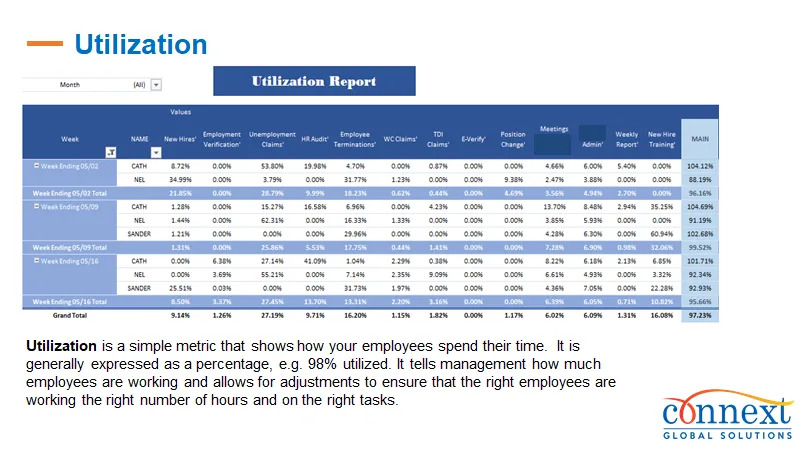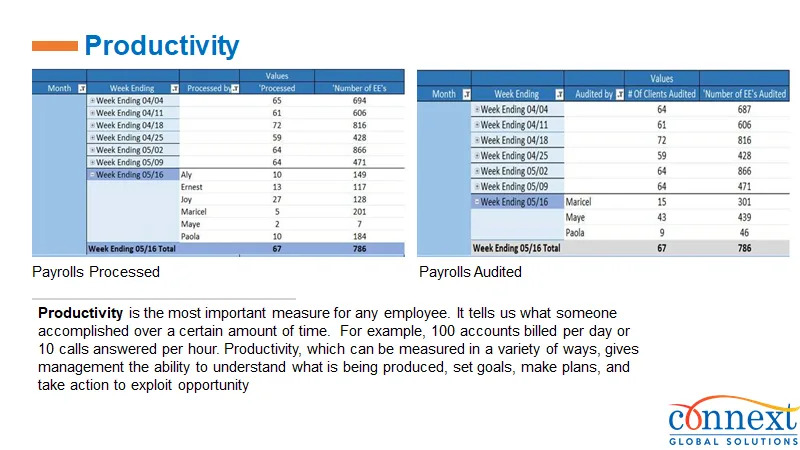Key Summary
- Growth often reveals cracks in outdated outsourcing partnerships. Switching BPOs can realign operations with modern goals.
- Forward-thinking companies treat vendor transitions as strategic opportunities, not risks.
- Connext enables seamless transitions through secure infrastructure, real-time engagement tracking, and zero-downtime handovers.
- Choosing the right partner can turn “disruption” into a launchpad for greater scalability, integration, and value.
When Growth Demands a Change: The Business Case for Switching BPOs
Why switching vendors isn’t disruption, it’s a leadership decision
Change Isn’t Always a Risk Sometimes It’s a Requirement
Outsourcing relationships aren’t built to last forever. As your business grows, what once served your needs may now slow you down. A BPO partner that was right for a 50-person operation may struggle to support a 500-person one. When growth exposes those cracks in quality, scalability, or alignment, it’s time to rethink the partnership.
Switching BPO providers isn’t a sign of failure. Done right, it’s a strategic reset, a chance to upgrade how work gets done, realign outcomes, and prepare for the next phase of growth.

Growth Exposes Gaps
The signs often start subtly:
- Missed SLAs that used to be outliers are now routine
- Productivity plateaus despite increased investment
- Cultural misalignment widens with each new initiative
- Tech integration lags your internal standards
- Teams spend more time managing the vendor than getting value from them
In these moments, sticking with the status quo feels safer but it’s often more costly. Service erosion compounds over time. Frustration is growing. Strategic initiatives stall. The longer you wait, the harder the pivot becomes.

The Strategic Case for Switching
Forward-thinking leaders don’t wait for breakdowns; they act on pattern recognition. Here’s why the best companies proactively switch BPOs:
1. You’ve Outgrown the Relationship
What worked for shared services five years ago may no longer support your product expansion, compliance needs, or time-to-market goals today.
2. You Want to Move from Volume to Value
If your current provider is delivering headcount, but not outcomes, it’s time to seek a partner that aligns with performance-based models, not just FTE pricing.
3. You Need Greater Integration
Modern operations demand tighter integration, shared dashboards, embedded teams, agile methodologies, not email-based task management.
4. You Need to Expand or Diversify
Entering new regions, launching new services, or diversifying risk often requires new capabilities, and sometimes, a new partner with the footprint and agility to deliver them.

Risk? Yes. But the Cost of Inaction Is Higher.
Many leaders hesitate to switch vendors out of fear: lost productivity, retraining, and team disruption. These concerns are valid, but they’re also solvable.
Connext, for example, has developed a dedicated transition methodology with real-time engagement tracking, knowledge-transfer playbooks, and zero-downtime handover models. In many cases, teams’ experience improved productivity within the first 90 days of the switch.
For a more tactical view on switching providers without losing momentum, read our recent blog:
👉 How to Switch BPO Providers Without Losing Productivity

The Bottom Line
Switching BPO providers is no longer just a cost play; it’s a growth decision. When the needs of your business evolve, your vendor ecosystem must evolve with it.
Smart companies don’t fear switching. They prepare it, design it well, and treat it as a chance to raise the bar on performance, flexibility, and value.
Because growth isn’t just about doing more. It’s about doing better, with the right partners in place.
FAQ:
If performance has plateaued, service quality is inconsistent, or your partner can’t keep up with new goals or technologies, it’s time to reassess the relationship.
Not with the right process. Connext’s zero-downtime transition model ensures business continuity while knowledge transfer and engagement tracking keep teams aligned from day one.
Depending on the scope, most Connext transitions take 30 to 90 days, with no service interruptions.
Yes. A phased transition approach allows gradual migration to minimize risk and test performance improvements along the way.
All Connext service centers operate under ISO 27001-compliant infrastructure with strict access controls and secure data transfer protocols.
Connext operates as both a staffing and EOR partner, meaning your professionals are fully embedded in your workflows while we handle recruitment, compliance, and operations.
A new partner can introduce better KPIs, automation tools, and integrated dashboards that reduce administrative overhead and improve visibility.
Absolutely. With delivery hubs in the Philippines, Colombia, Mexico, and India, Connext provides multilingual support tailored to your regional needs.
Companies in healthcare, finance, technology, logistics, and retail often switch to optimized scalability, compliance, and customer experience.
Start with a free operational readiness consultation with Connext. We’ll help evaluate your current setup, identify improvement areas, and build a tailored transition roadmap.
Related Reads
1. The Ethics Of Rebadging: Retaining Teams Through Change
2. Rebadging Done Right: The People First Approach to Transitioning Teams
3. Transitioning A Dental Software Company To Connext for Efficiency









